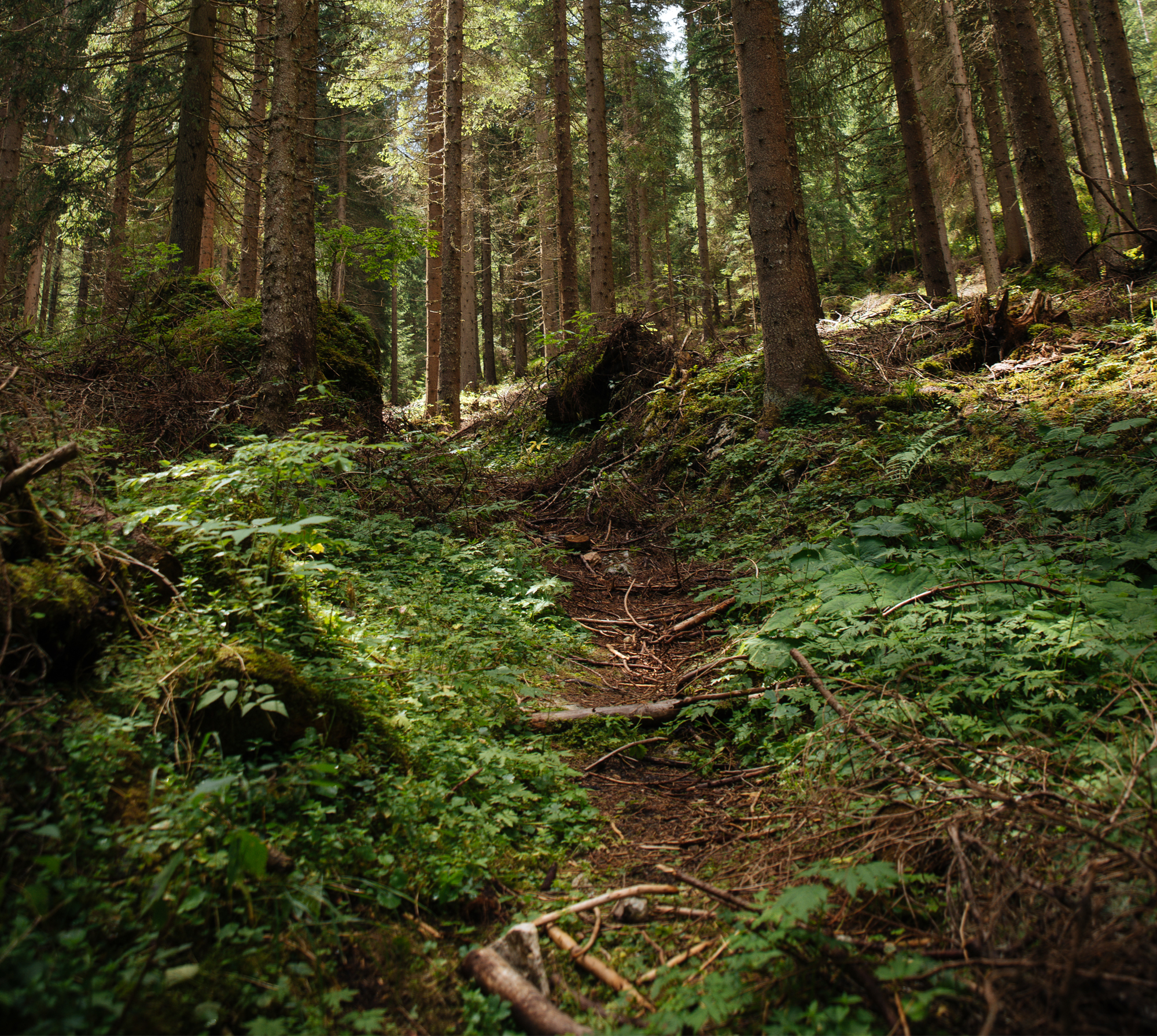
Wpływ odłogowania i dodatku trocin iglastych do gleby porolnej na jej właściwości chemiczne i zbiorowisko grzybów ektomykoryzowych 15-letniej sosny zwyczajnej
Influence of resting and pine sawdust application on chemical changes in post-agricultural soil and the ectomycorrhizal community of growing Scots pine saplings
Autorzy
- Monika Małecka Instytut Badawczy Leśnictwa, Zakład Ochrony Lasu, Sękocin Stary, ul. Braci Leśnej 3, 05-090 Raszyn, Polska;
-
Dorota Hilszczańska
Instytut Badawczy Leśnictwa, Zakład Ekologii Lasu, ul. Braci Leśnej 3, Sękocin Stary, 05-090 Raszyn
Tel. +48 22 7150502, fax +48 22 227150504, e-mail: d.hilszczanska@ibles.waw.pl
Abstrakt
Changes in chemical compounds and in ectomycorrhizal structure were determined for Scots pine growing on post agricultural soil lying fallow for 3, 6 and 15 years, after amendment with pine sawdust. Soil without any amendments was used as the control treatment. Comparing the ectomycorrhizal structure 15 years after the application of pine sawdust revealed no significant differences in abundance or species richness between soil with and without organic enrichment. The results showed that the ectomycorrhizal status depends on soil conditions (soil pH, nitrogen content), which remain unaffected by saw dust application.In all treatments, the most frequently occurring ectomycorrhizae genera were Dermocybe, Hebeloma, Suillus, Tomentella and Tricholoma. Two species (Paxillus involutus, Amanita muscaria) were specific to the control plots that lay fallow for 15 years.
Słowa kluczowe
| DOI | 10.1515/frp-2015-0026 |
|---|---|
| Source | Leśne Prace Badawcze, 2015, 76 (3): 265–272 |
| Print ISSN | 1732-9442 |
| Online ISSN |
2082-8926 |
| Type of article |
Original article |
| Original title |
Wpływ odłogowania i dodatku trocin iglastych do gleby porolnej na jej właściwości chemiczne i zbiorowisko grzybów ektomykoryzowych 15-letniej sosny zwyczajnej |
| Publisher | Instytut Badawczy Leśnictwa, Sękocin Stary, Poland |
| Date | 2015, September |
- Sawoniewicz M. Sezonowa dynamika saproksylicznych chrząszczy (Coleoptera) występujących w próchnie brzóz (Betula spp.) w Kampinoskim Parku Narodowym
- Krasnov V., Shelest Z., Boiko S., Gulik I., Sieniawski W. Radioaktywne skażenie składu pokarmu sarny europejskiej Capreolus capreolus na terenie Żytomierskiego Polesia Ukrainy
- Papis M., Mokrzycki T. Chrząszcze saproksyliczne (Coleoptera) obszaru ochrony ścisłej Bukowa Góra w Roztoczańskim Parku Narodowym
- Przybylski P. Czy na plantacjach nasiennych zawężamy zmienność genetyczną? Próba odpowiedzi na podstawie analiz mikrosatelitarnego DNA szczepów rosnących na plantacji nasiennej sosny zwyczajnej (Pinus sylvestris L.) z Nadleśnictwa Susz
- Lemanowicz J. Zawartość i dystrybucja fosforu oraz aktywność fosfataz w leśnych glebach rdzawych w obszarze długoletniego oddziaływania Zakładów Azotowych Anwil we Włocławku
- Parzych S. Potencjalne możliwości wykorzystania biomasy drzewnej do celów energetycznych
- Małecka M., Hilszczańska D. Wpływ odłogowania i dodatku trocin iglastych do gleby porolnej na jej właściwości chemiczne i zbiorowisko grzybów ektomykoryzowych 15-letniej sosny zwyczajnej
- Mijal M. Zbiorowiska leśne z cieszynianką wiosenną Hacquetia epipactis (Scop.) DC. na Pogórzu Cieszyńskim
- Kuźmiński R., Szewczyk W., Korczyński I., Łakomy P. Ocena stopnia uszkodzenia liści drzewostanów dębowych Nadleśnictwa Wołów dotkniętych klęską powodzi
- Wrzesiński P. Wpływ zagęszczenia sadzonek buka zwyczajnego w pojemnikach na jego cechy morfologiczne

